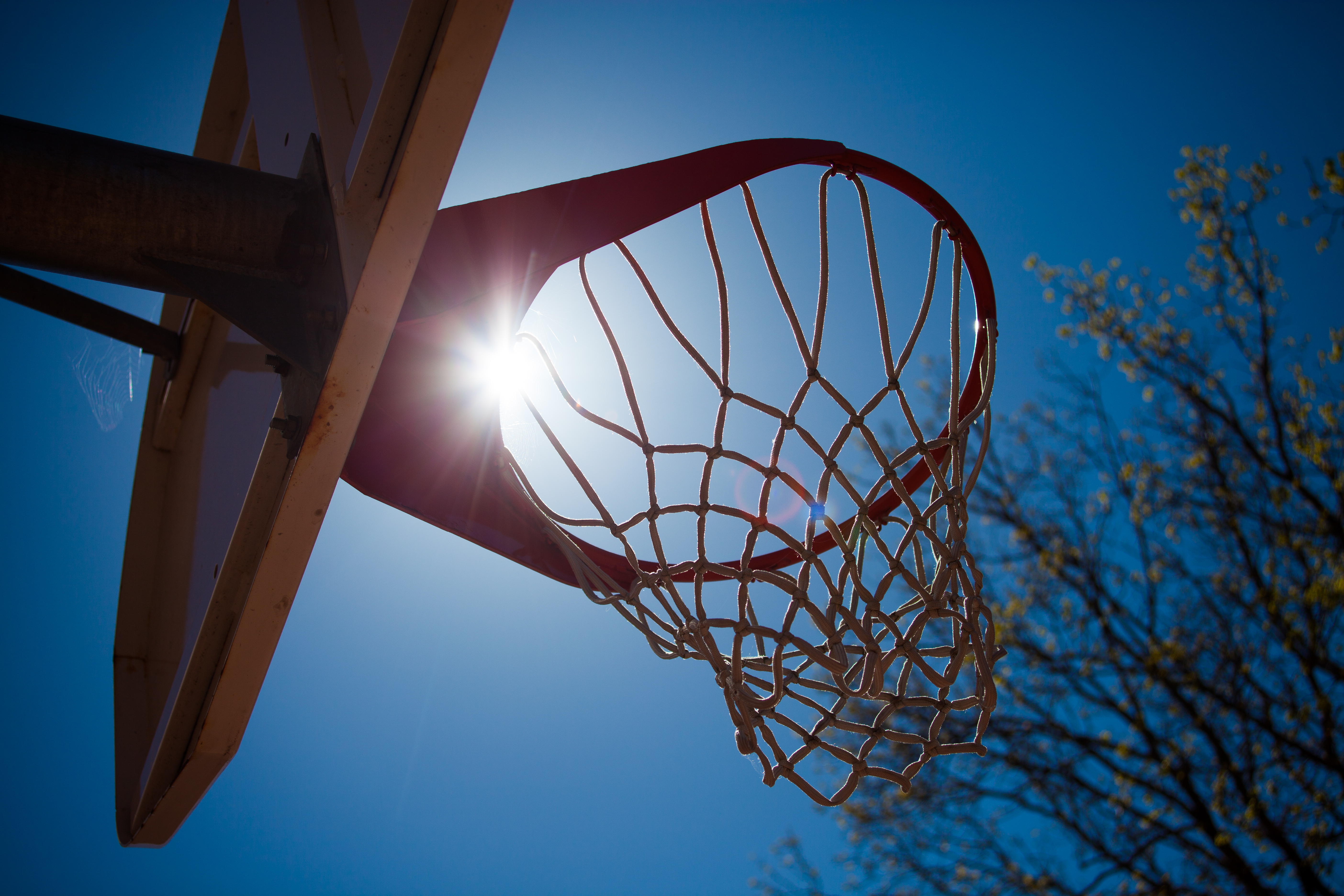by Harriet Worrall-Carter
Since 1901 Australia has settled over 800,000 refugees and humanitarian migrants. We currently speak over 260 different languages and identify with 270 ancestries, but one thing brings us together like no other: our obsession with sport.
The Australian Sports Commission estimates that 80 per cent of Australians participate in some form of sport, but the sad fact is that Australians from non-English speaking backgrounds – a group that includes the majority of refugees – are much less likely to play sport.
According to the Australian Bureau of Statistics only 52 per cent of non-English speaking males participate in physical activity, with that number dropping again for women to 48 per cent.
The importance of sport for people’s physical and mental health is well documented, but for refugees it provides a range of other benefits. The United Nations High Commissioner for Refugees says sport is a vital tool for social inclusion, integration and the mutual understanding of cultures. The UNHCR also acknowledges that participation in sport can play a “particularly important and healing role for refugees” recovering from the traumas of the refugee experience.
However, despite its importance, sport is not always at the top of the agenda for refugees arriving in Australia. When refugees arrive they usually have few possessions and the costs of participating in sport becomes a huge barrier.
Kuany Kuany was born in a refugee camp called Kakuma in Kenya after his parents fled conflict in their homeland of South Sudan. Kauny and his family moved to Australia when he was just nine-years-old. Sport has always been a part of his life, from playing soccer in the refugee camp to basketball in Australia.
Now 20 years old and playing basketball in the U.S for Chaminade University in Honolulu, Hawaii Kuany looked back on his experiences as a refugee playing sport in Australia. He explained that too many times he has seen talented players miss out on opportunities they deserved because of their circumstances as refugees.
“I’ve witnessed a number of my friends from refugee backgrounds make teams, then quit by the next week because they couldn’t afford to pay for the registration fee or the uniforms,” he says. He also highlighted transport as an issue, “talented players are not picked for teams on the basis of them not being able to get to games.”
Numerous studies have identified the multiple barriers which refugees face when trying to access sport and physical activity. These include financial constraints like the costs of uniform, registration and transport; to cultural barriers like the lack of cultural sensitivity in sporting environments and discrimination.
Karen Block, a researcher from Melbourne University, is in the process of completing a study that looks at the different models for promoting sport participation in children from refugee backgrounds. She explained that the obstacles are well known and we now have to look into methods to combat them.
Block explained that an injection of funding is not the only answer and a “holistic response that deals with all the barriers” is necessary. “A model that seems to work well is where sporting clubs or groups employ a community liaison or ‘multicultural sports aide’ who helps clubs and the families to communicate. They also organize transport and find ways to subsidise costs,” she said.
Through her research Block has met countless young refugees with the desire to play sport but lacking the avenue to do so. “There are real opportunities for them to experience success and because sport is also such a big part of Australian society it’s a way to participate in the Australian community” she said. Sport also allows refugees to participate on a level playing field and “not be disadvantaged because they don’t speak English or have missed out on education prior to arrival.”
This is not to say there aren’t programs out there attempting to help. The Asylum Seeker Resource Centre strongly promotes sporting programs and runs a soccer program and a Women’s Recreation Program. Courtney Green is the Social and Community Development Manager at the ASRC and when she started in her position 4 years ago, she noticed a lack of programs that brought together refugees but also connected refugees with the outside community.
This prompted her to establish the ASRC’s soccer program, which formed teams to play in the Victorian Amateur Soccer League.
The program is funded by the ASRC and pays for registration, uniforms and transportation to and from games. “Sport is a great way to give people a sense of belonging and a reason to get up in the morning,” said Green. “When they run out on the pitch they’re seen as players and not just people seeking asylum. It became very obvious that this was more than just a sport or soccer.”
There are also not-for-profits like Sports Without Borders and Helping Hoops that do a great deal in the area. But ultimately, supply isn’t meeting demand. For something that would benefit not only the wellbeing of refugees but society as a whole, it needs to be addressed.
Sport helps build a bridge between one culture and another. It helps refugees understand Australia and allows Australians to understand – and sympathise with – the stories of refugees. Sport is a universal language, and when it comes down to it, we’re all humans kicking the same ball down the same path.
This is not a refugee problem, this is a community problem.
Image: Håkan Dahlström//Flickr

